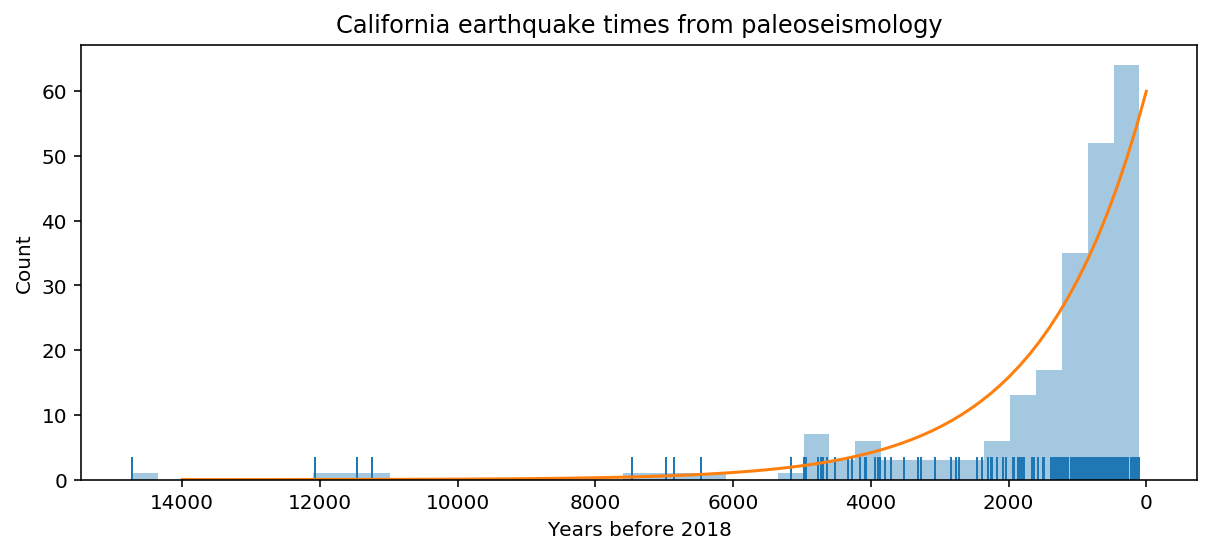The exponential decay of information

One of the major challenges of geology is the increasing sparsity of information about increasingly older times in Earth's history. This presents difficulties both when one is investigating a particular era, and when one is interested in looking at the frequency of events through time, or the frequency of rare …

